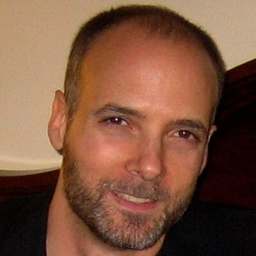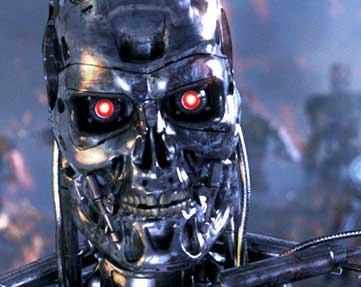Scientists to Make Computer With Human-like Learning Skill
A scientist from the University of Massachusetts announced that she will develop a system that turns the original Turing Machine from 1936 into a device that is "expected" to deliver "a level of intelligence not seen before in artificial computation."
While the Turing Machine can adapt to simulate the logic of any computing algorithm, computer scientist Hava Siegelmann envisions a "Super Turing" device that can dynamically evolve into something different as it learns.
"If a Turing machine is like a train on a fixed track, a Super-Turing machine is like an airplane," Siegelmann stated. "It can haul a heavy load, but also move in endless directions and vary its destination as needed. The Super-Turing framework allows a stimulus to actually change the computer at each computational step, behaving in a way much closer to that of the constantly adapting and evolving brain."
Siegelmann said she and two colleagues were recently notified they would receive a grant to build the first Super Turing computer based on analog recurrent neural networks. "This model is inspired by the brain," Siegelmann said. "It is a mathematical formulation of the brain's neural networks with their adaptive abilities."
Siegelmann first described a Super Turing machine in her 1993 doctoral thesis when she said that adaptable computational systems would be using input from the environment. An update of her initial research has been published in the current issue of Neural Computation. According to the paper, a Super Turing device that is provided with "constant sensory stimuli like the real world and, when all stimulus-response pairs are considered over the machine's lifetime, the Super Turing model yields an exponentially greater repertoire of behaviors than the classical computer or Turing model."
If the researchers can realize their vision and succeed in building a Super Turing machine, they believe they can demonstrate a computing model that "is superior for human-like tasks and learning." Such a device would function very much like the human brain, learn similarly to the way a human does and, given the computational power of computer systems, could potentially exceed the capability of the human brain.
Get Tom's Hardware's best news and in-depth reviews, straight to your inbox.

Douglas Perry was a freelance writer for Tom's Hardware covering semiconductors, storage technology, quantum computing, and processor power delivery. He has authored several books and is currently an editor for The Oregonian/OregonLive.
-
shin0bi272 See people... you pick on gingers and they develop artificial intelligence to crush the human race. good job!Reply -
So how is this not a regular computer with attached input devices? Or is it a particularly fancy FPGA?Reply
-
Soulmachiklamo Integrate some kind of self destruction mechanism please :D, one that can not be disabled. Preferably mechanical or something.Reply -
jayracer7474 I think she already created it, it became selfaware, transported her in time to 1972 and took that photoReply -
Nisdec SoulmachiklamoIntegrate some kind of self destruction mechanism please , one that can not be disabled. Preferably mechanical or something.Reply
if($hurtHuman || $killHuman)
{
$this->activateSelfDestruction('C4', 10);
} -
ceteras That FellowSo how is this not a regular computer with attached input devices? Or is it a particularly fancy FPGA?It's a computer "based on analog recurrent neural networks"; I guess it's a bunch of operational amplifiers integrated in a custom chip, wired as a neural network, then connected to a digital interface.Reply

